food safety
There are many types of food. According to the state of life in terms of food, there are differences between natural food and artificial food. For natural food, some can directly develop a new life, such as eggs, wheat, rice seeds. Although most natural food can’t lead to a new life, but contains some biological tissues, living cells, such as rice, meat, milk, fruits and vegetables. These natural foods can produce different levels of bio-photon radiation. Through related measurement and analysis, we can obtain information about the quality of food, such as freshness. Artificial food is food processed based on biological matter as the raw material such as yogurt, cooking oil and bread. The content of the living matter of these foods has been greatly reduced with the bio-photon emission signals being quite low in the strict sense and therefore very difficult for determination and analyze using bio-photon detection technology. However, if we can extract out liquid from measured food, we can then use electrical chemiluminescence technology for detection [28].
For example, when performing measurement on the pesticide residue on vegetables, we can first soak the vegetables in water for some time, after put the pesticide residues into the water, we can use the light-emitting electrochemical techniques to measure the pesticide-containing water with this way being able to obtain the relevant information. Of course, this measurement and analysis demand the establishment of the database based on the actual types of pesticides, for the simple inorganic and organic residues, such as organic phosphorus pesticides residue, rat poison such as fluorine acetamide, veterinary drug residues, papaverine, barbiturates, nitrite salt, formaldehyde, benzoic acid, sulfur dioxide, etc., we need conduct a series of measurements in the laboratory, and establish a primary or secondary database, then gradually transferred practicality measurement and analysis. If foods contain microbial contamination such as Salmonella, Listeria monocytogenes, Staphylococcus aureus, Shigella, Vibrio parahaemolyticus, Enterohemorrhagic Escherichia coli, Enterobacter sakazakii, Campylobacter jejuni, Bacillus cereus, and aflatoxin, botulinum toxin, algae toxins, the measurement and analysis in this case is more complicated. We need to conduct a lot of laboratory systematization and standardization of measurements, establishing multi-level database and continuously expand and improve the database according to the actual requirement, and eventually establish feasible standards and enter into practical use. Once the standard has been established, the advantages of bio-photonic technologies can be fully exploited. For the detection of food quality through biological photonic technology, we can not only obtain quantitative data, but also has the advantage of rapidity and sensitivity. After the sample is placed in a dark room, it usually require only 20 ~ 30min to give the results. This method is expected to play an important role in the food quality inspection.
The application of biosensor in the food hygiene detection
Detection of microorganisms in food has always applied traditional plate count method with the method being cumbersome, time-consuming and more and more difficult to meet the demand from the food inspection department. The emergence of biosensor revolutionized the bacteria measurement method, also making the microbial automatic detection during the food and industrial packaging process possible and the food flowing into the market more secure.
(1) Determination of bacteria and pathogens in the food
Microbial biosensor can be used for detecting microorganisms with the advantages of low price and durable utilization as well as being simple and convenient. However, because of the limited capability of micro-organisms to directly and indirectly discharge in the electrode, there is a shortcoming of low sensitivity. Furthermore, since the micro-organisms often contain various kinds of enzymes, the selectivity is generally not ideal. The development of fiber optic biosensor, immunity biosensor and nucleic acid detection sensor has opens up new approaches for microbial detection. The application of fiber optic sensors can be placed directly into the flask containing the growth solution, automatically monitoring of microbial growth. Such sensors can determine the byproducts of carbon dioxide emitted during the microbial metabolic process to estimate the number of bacteria. Applying the coupling of fiber optic sensors with nucleic acid amplification system (PCR) can detect the small amounts of food pathogens such as detecting the singe-cell gene of Listeria bacteria. Through enzyme-linked current immune sensor, we can detect the existence of the small amount of Salmonella, Escherichia coli and Staphylococcus aureus.
(2) Application of biosensor for the detection of toxins in food
In various kinds of food poisoning, bacterial food poisoning account for a large proportion. According to statistics, the cases of bacterial food poisoning occur each year accounted for 30% to 90% of the total cases of food poisoning with the number of poisoning people accounting for 60% to 90% of the total number of food poisoning. Bacterial food poisoning can generally be divided into three types: toxins type, infection type and mixed categories. Food inspection department has urgent need to develop a simple and rapid method for field inspection of food pathogenic toxin in order to protect people's health.
Application of microbial sensor for the detection of several mutagens AF-2, mitomycin, captan, aflatoxin B1, nitroguanidine has the detection limits being 1.6, 0.5, 0.9, 0.8, μg / mL, respectively. Compared to Ames's method, it not only takes a shorter time (the former takes 60min while the latter takes at least 2 ~ 3d and as long as one week) but also has high sensitivity (for AF-2, the detection limit is 1.6μg / mL for the former but 10μg / mL for the latter one). The sensor operating strain is Bacillus subtilis. It is known that the DNA of the wild-type strain (Rec +), after being subject to chemical damage, can be repaired through molecular recombination, and thus ensure the continuous proliferation of the bacteria. On the contrary, stain (Rec-) deficient in this self-repairing ability will lose the proliferation capability and dead after being subject to chemical damage on their DNA. The Rec + and Rec- strains are fixed to the surface of a pair of oxygen electrodes, constituting mutagenic sensor.
(3) Application of biological sensors for detection pesticide residues in food
Given the cases of poisoning after eating food containing pesticide occur frequently, there is a urgent demand from health authorities for rapid detection technology in respond to poisoning. The traditional method for pesticide analysis not only requires expensive equipment, and the method is also cumbersome, time-consuming and can neither be subject to grassroots-oriented applications, nor field application while biosensor has demonstrated its unique advantages in these issues.
People has applied conductivity biosensor to the determination of organophosphorus pesticide methyl marathon, marathon ethyl, trichlorfon, diethyl propyl phosphoric acid contained in the food, the detection limit was 5 × 10-7,1 × 10-8,5 × 10-7,5 × 10-11mol / L, respectively. Fernando has applied Light Addressable Potentiometric Sensor (LAPS) for measuring the organophosphate pesticides and amino methyl ester with the biological sensitive material being acetylcholinesterase from electric eel, being able to detect 10 mmol/L marathon and bendiocarb. For other pesticides such as monocrotophos, dicrotophos, dichlorvos, Mevinphos, diazinon and aldicarb, the detectable concentration limit is higher. This sensor has a high detection speed with being able to detect eight samples within a few minutes with high accuracy and can be recycled for using after the treatment of resurrection agent.
- Structure:

- Chemical Name:Dimethyl dodecanedioate
- CAS:1731-79-9
- MF:C14H26O4
- Structure:
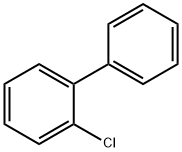
- Chemical Name:2-CHLOROBIPHENYL
- CAS:2051-60-7
- MF:C12H9Cl
- Structure:
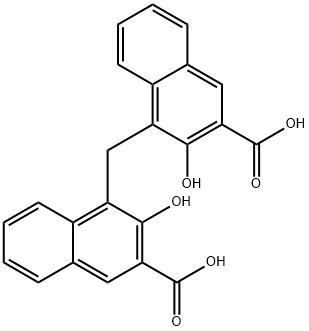
- Chemical Name:Pamoic acid
- CAS:130-85-8
- MF:C23H16O6
- Structure:

- Chemical Name:BUTYL OLEATE
- CAS:142-77-8
- MF:C22H42O2
- Structure:
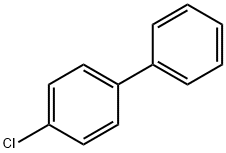
- Chemical Name:4-Chlorobiphenyl
- CAS:2051-62-9
- MF:C12H9Cl
- Structure:

- Chemical Name:cis-11-Eicosenoic acid
- CAS:5561-99-9
- MF:C20H38O2
- Structure:
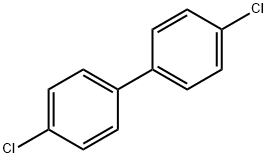
- Chemical Name:4,4'-DICHLOROBIPHENYL
- CAS:2050-68-2
- MF:C12H8Cl2
- Structure:

- Chemical Name:CIS-4,7,10,13,16,19-DOCOSAHEXAENOIC ACID ETHYL ESTER
- CAS:84494-72-4
- MF:C24H36O2
- Structure:

- Chemical Name:2-HydroxyMyristic Acid
- CAS:2507-55-3
- MF:C14H28O3
- Structure:
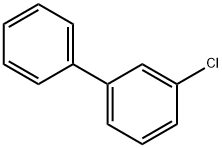
- Chemical Name:3-CHLOROBIPHENYL
- CAS:2051-61-8
- MF:C12H9Cl
- Structure:

- Chemical Name:CAPRIC ACID SODIUM SALT
- CAS:1002-62-6
- MF:C10H19NaO2
- Structure:

- Chemical Name:SODIUM MYRISTATE
- CAS:822-12-8
- MF:C14H27NaO2
- Structure:

- Chemical Name:N-CAPROIC ACID SODIUM SALT
- CAS:10051-44-2
- MF:C6H11NaO2
- Structure:

- Chemical Name:11C,14C-EICOSADIENOIC ACID
- CAS:2091-39-6
- MF:C20H36O2
- Structure:

- Chemical Name:ELAIDIC ACID METHYL ESTER
- CAS:1937-62-8
- MF:C19H36O2
- Structure:
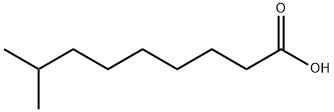
- Chemical Name:8-METHYLNONANOIC ACID
- CAS:5963-14-4
- MF:C10H20O2
- Structure:
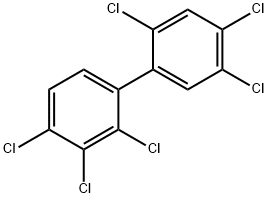
- Chemical Name:2,2',3,4,4',5'-HEXACHLOROBIPHENYL
- CAS:35065-28-2
- MF:C12H4Cl6
- Structure:

- Chemical Name:MALEIC ACID MONOSODIUM SALT
- CAS:3105-55-3
- MF:C4H3NaO4
- Structure:
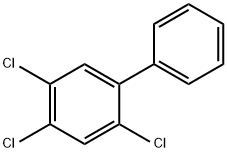
- Chemical Name:2,4,5-TRICHLOROBIPHENYL
- CAS:15862-07-4
- MF:C12H7Cl3
- Structure:
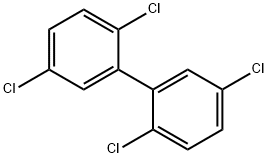
- Chemical Name:2,2',5,5'-TETRACHLOROBIPHENYL
- CAS:35693-99-3
- MF:C12H6Cl4
- Structure:
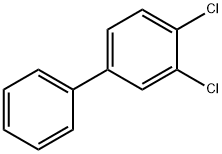
- Chemical Name:3,4-Dichlorobiphenyl
- CAS:2974-92-7
- MF:C12H8Cl2
- Structure:
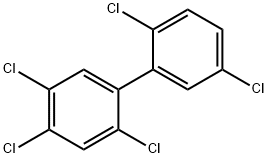
- Chemical Name:2,2',4,5,5'-PENTACHLOROBIPHENYL
- CAS:37680-73-2
- MF:C12H5Cl5
- Structure:

- Chemical Name:MYRISTOYL CHOLINE CHLORIDE
- CAS:4277-89-8
- MF:C19H40ClNO2
- Structure:
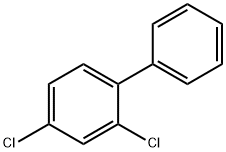
- Chemical Name:2,4-DICHLOROBIPHENYL
- CAS:33284-50-3
- MF:C12H8Cl2
- Structure:
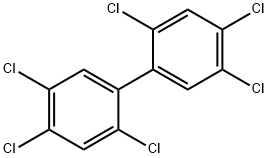
- Chemical Name:2,2',4,4',5,5'-HEXACHLOROBIPHENYL
- CAS:35065-27-1
- MF:C12H4Cl6
- Structure:

- Chemical Name:MYRISTOLEIC ACID
- CAS:544-64-9
- MF:C14H26O2
- Structure:

- Chemical Name:N,N-Dimethyldodecanamide
- CAS:3007-53-2
- MF:C14H29NO
- Structure:
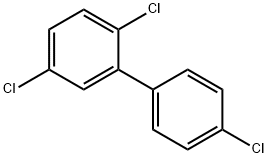
- Chemical Name:2,4',5-TRICHLOROBIPHENYL
- CAS:16606-02-3
- MF:C12H7Cl3
- Structure:
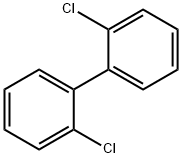
- Chemical Name:2,2'-DICHLOROBIPHENYL
- CAS:13029-08-8
- MF:C12H8Cl2
- Structure:

- Chemical Name:TRANS-11-OCTADECENOIC ACID METHYL ESTER
- CAS:6198-58-9
- MF:C19H36O2
- Structure:

- Chemical Name:CIS-8,11,14-EICOSATRIENOIC ACID
- CAS:1783-84-2
- MF:C20H34O2
- Structure:
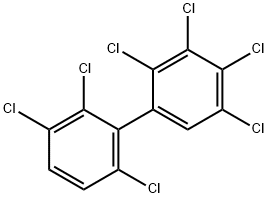
- Chemical Name:2,2',3,3',4,5,6'-HEPTACHLOROBIPHENYL
- CAS:38411-25-5
- MF:C12H3Cl7
- Structure:
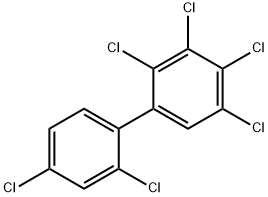
- Chemical Name:2,2',3,4,4',5-HEXACHLOROBIPHENYL
- CAS:35694-06-5
- MF:C12H4Cl6
- Structure:
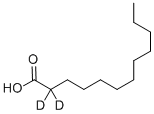
- Chemical Name:DODECANOIC-2,2-D2 ACID
- CAS:64118-39-4
- MF:C12H22D2O2
- Structure:

- Chemical Name:ISOSTEARIC ACID
- CAS:22890-21-7
- MF:C18H36O2
- Structure:
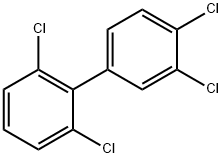
- Chemical Name:2,3',4',6-TETRACHLOROBIPHENYL
- CAS:41464-46-4
- MF:C12H6Cl4
- Structure:

- Chemical Name:OCTADECANOIC ACID-1-13C
- CAS:85541-42-0
- MF:C18H36O2
- Structure:

- Chemical Name:CIS-11-EICOSENOIC ACID METHYL ESTER
- CAS:2390-09-2
- MF:C21H40O2
- Structure:

- Chemical Name:RICINOLEIC ACID ETHYL ESTER
- CAS:55066-53-0
- MF:C20H38O3
- Structure:

- Chemical Name:TRANS-9,10-EPOXYSTEARIC ACID METHYL ESTER
- CAS:6084-76-0
- MF:C19H36O3
- Structure:
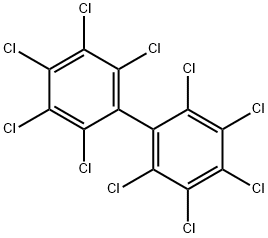
- Chemical Name:DECACHLOROBIPHENYL
- CAS:2051-24-3
- MF:C12Cl10
- Structure:
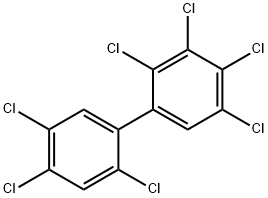
- Chemical Name:2,2',3,4,4',5,5'-HEPTACHLOROBIPHENYL
- CAS:35065-29-3
- MF:C12H3Cl7
- Structure:
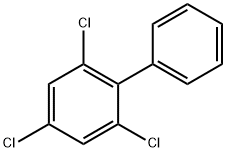
- Chemical Name:2,4,6-TRICHLOROBIPHENYL
- CAS:35693-92-6
- MF:C12H7Cl3
- Structure:

- Chemical Name:ANANDAMIDE
- CAS:94421-68-8
- MF:C22H37NO2
- Structure:

- Chemical Name:OLEYL ACETATE
- CAS:693-80-1
- MF:C20H38O2
- Structure:

- Chemical Name:METHYL 12-HYDROXYSTEARATE
- CAS:141-23-1
- MF:C19H38O3
- Structure:

- Chemical Name:17-OCTADECYNOIC ACID
- CAS:34450-18-5
- MF:C18H32O2
- Structure:

- Chemical Name:ARACHIDONIC ACID ETHYL ESTER
- CAS:1808-26-0
- MF:C22H36O2
- Structure:

- Chemical Name:Isooctyl oleate
- CAS:
- MF:C26H50O2
- Structure:

- Chemical Name:DIMETHYL TETRADECANEDIOATE
- CAS:5024-21-5
- MF:C16H30O4
- Structure:
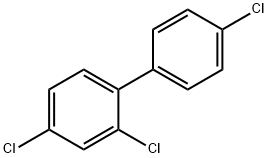
- Chemical Name:2,4,4'-TRICHLOROBIPHENYL
- CAS:7012-37-5
- MF:C12H7Cl3
- Structure:
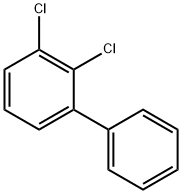
- Chemical Name:2,3-DICHLOROBIPHENYL
- CAS:16605-91-7
- MF:C12H8Cl2
- Structure:

- Chemical Name:METHYL STEARATE
- CAS:27234-05-5
- MF:C19H38O2
- Structure:
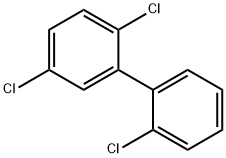
- Chemical Name:2,2',5-TRICHLOROBIPHENYL
- CAS:37680-65-2
- MF:C12H7Cl3
- Structure:
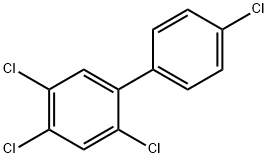
- Chemical Name:2,4,4',5-TETRACHLOROBIPHENYL
- CAS:32690-93-0
- MF:C12H6Cl4
- Structure:
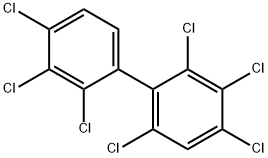
- Chemical Name:2,2',3,3',4,4',6-HEPTACHLOROBIPHENYL
- CAS:52663-71-5
- MF:C12H3Cl7
- Structure:
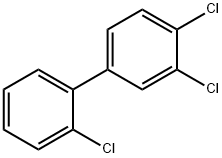
- Chemical Name:2',3,4-TRICHLOROBIPHENYL
- CAS:38444-86-9
- MF:C12H7Cl3
- Structure:
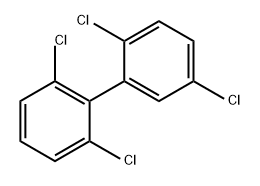
- Chemical Name:2,2',5,6'-TETRACHLOROBIPHENYL
- CAS:41464-41-9
- MF:C12H6Cl4
- Structure:
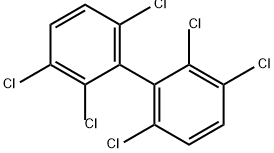
- Chemical Name:2,2',3,3',6,6'-HEXACHLOROBIPHENYL
- CAS:38411-22-2
- MF:C12H4Cl6
- Structure:
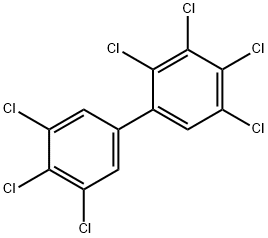
- Chemical Name:2,3,3',4,4',5,5'-HEPTACHLOROBIPHENYL
- CAS:39635-31-9
- MF:C12H3Cl7
- Structure:
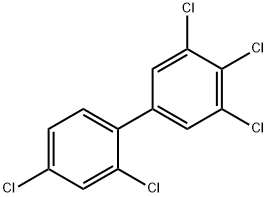
- Chemical Name:2',3,4,4',5-PENTACHLOROBIPHENYL
- CAS:65510-44-3
- MF:C12H5Cl5
- Structure:
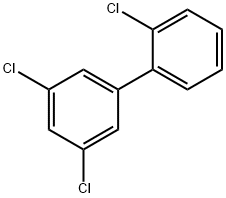
- Chemical Name:2',3,5-TRICHLOROBIPHENYL
- CAS:37680-68-5
- MF:C12H7Cl3
- Structure:
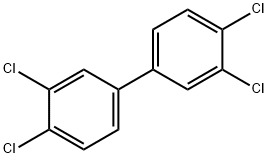
- Chemical Name:3,3',4,4'-TETRACHLOROBIPHENYL
- CAS:32598-13-3
- MF:C12H6Cl4
- Structure:
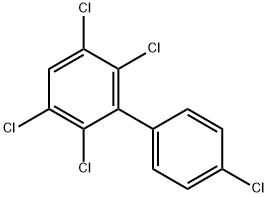
- Chemical Name:2,3,4',5,6-PENTACHLOROBIPHENYL
- CAS:68194-11-6
- MF:C12H5Cl5
- Structure:

- Chemical Name:HEXADECANOIC-2,2-D2 ACID
- CAS:62689-96-7
- MF:C16H30D2O2
- Structure:
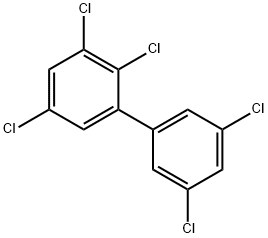
- Chemical Name:2,3,3',5,5'-PENTACHLOROBIPHENYL
- CAS:39635-32-0
- MF:C12H5Cl5
- Structure:
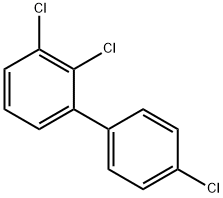
- Chemical Name:2,3,4'-TRICHLOROBIPHENYL
- CAS:38444-85-8
- MF:C12H7Cl3
- Structure:

- Chemical Name:ADRENIC ACID
- CAS:28874-58-0
- MF:C22H36O2
- Structure:
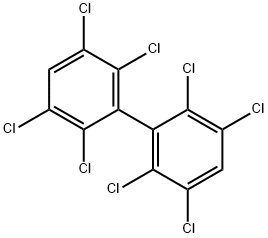
- Chemical Name:2,2',3,3',5,5',6,6'-OCTACHLOROBIPHENYL
- CAS:2136-99-4
- MF:C12H2Cl8
- Structure:
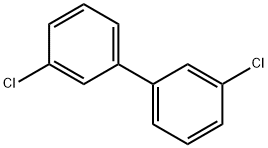
- Chemical Name:3,3'-DICHLOROBIPHENYL
- CAS:2050-67-1
- MF:C12H8Cl2
- Structure:
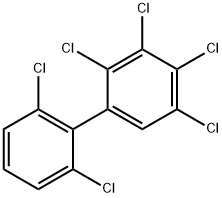
- Chemical Name:2,2',3,4,5,6'-HEXACHLOROBIPHENYL
- CAS:68194-15-0
- MF:C12H4Cl6
- Structure:

- Chemical Name:METHYL 2-HYDROXYOCTADECANOATE
- CAS:2420-35-1
- MF:C19H38O3
- Structure:
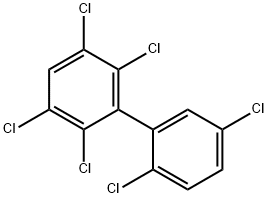
- Chemical Name:2,2',3,5,5',6-HEXACHLOROBIPHENYL
- CAS:52663-63-5
- MF:C12H4Cl6
- Structure:
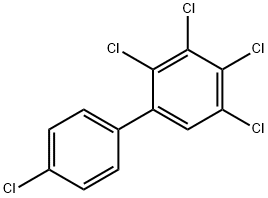
- Chemical Name:2,3,4,4',5-PENTACHLOROBIPHENYL
- CAS:74472-37-0
- MF:C12H5Cl5
- Structure:
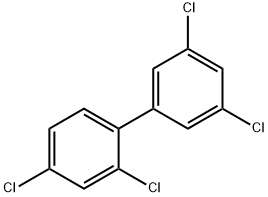
- Chemical Name:2,3',4,5'-TETRACHLOROBIPHENYL
- CAS:73575-52-7
- MF:C12H6Cl4
- Structure:
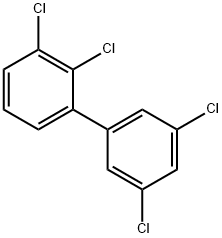
- Chemical Name:2,3,3',5'-TETRACHLOROBIPHENYL
- CAS:41464-49-7
- MF:C12H6Cl4
- Structure:
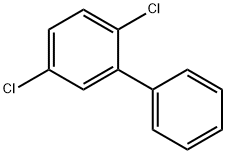
- Chemical Name:2,5-DICHLOROBIPHENYL
- CAS:34883-39-1
- MF:C12H8Cl2
- Structure:

- Chemical Name:2-HYDROXYDECANOIC ACID
- CAS:5393-81-7
- MF:C10H20O3
- Structure:
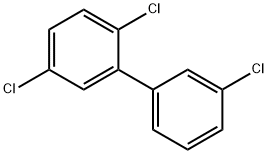
- Chemical Name:2,3',5-TRICHLOROBIPHENYL
- CAS:38444-81-4
- MF:C12H7Cl3
- Structure:
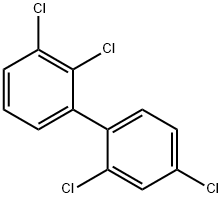
- Chemical Name:2,2',3,4'-TETRACHLOROBIPHENYL
- CAS:36559-22-5
- MF:C12H6Cl4
- Structure:
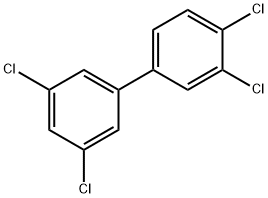
- Chemical Name:3,3',4,5'-TETRACHLOROBIPHENYL
- CAS:41464-48-6
- MF:C12H6Cl4
- Structure:
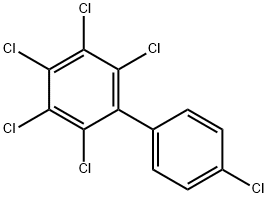
- Chemical Name:2,3,4,4',5,6-HEXACHLOROBIPHENYL
- CAS:41411-63-6
- MF:C12H4Cl6
- Structure:

- Chemical Name:METHYL 12-OXOOCTADECANOATE
- CAS:2380-27-0
- MF:C19H36O3
- Structure:
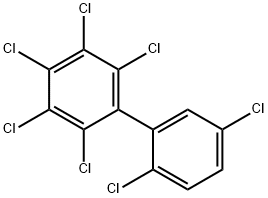
- Chemical Name:2,2',3,4,5,5',6-HEPTACHLOROBIPHENYL
- CAS:52712-05-7
- MF:C12H3Cl7
- Structure:
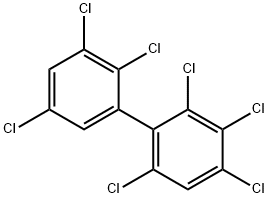
- Chemical Name:2,2',3,3',4,5',6-HEPTACHLOROBIPHENYL
- CAS:40186-70-7
- MF:C12H3Cl7
- Structure:
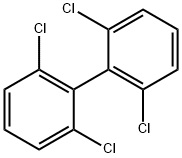
- Chemical Name:2,2',6,6'-TETRACHLOROBIPHENYL
- CAS:15968-05-5
- MF:C12H6Cl4
- Structure:
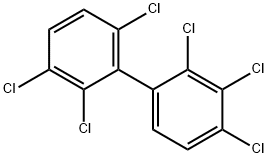
- Chemical Name:2,2',3,3',4,6'-HEXACHLOROBIPHENYL
- CAS:38380-05-1
- MF:C12H4Cl6
- Structure:
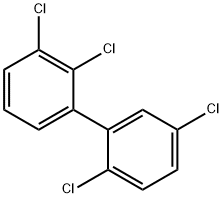
- Chemical Name:2,2',3,5'-TETRACHLOROBIPHENYL
- CAS:41464-39-5
- MF:C12H6Cl4
- Structure:
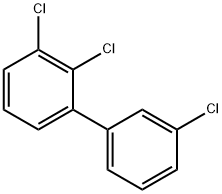
- Chemical Name:2,3,3'-TRICHLOROBIPHENYL
- CAS:38444-84-7
- MF:C12H7Cl3
- Structure:
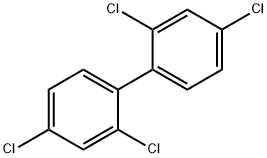
- Chemical Name:2,2',4,4'-TETRACHLOROBIPHENYL
- CAS:2437-79-8
- MF:C12H6Cl4
- Structure:
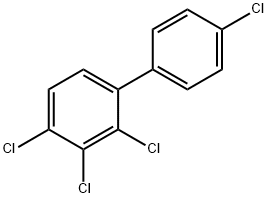
- Chemical Name:2,3,4,4'-TETRACHLOROBIPHENYL
- CAS:33025-41-1
- MF:C12H6Cl4
- Structure:
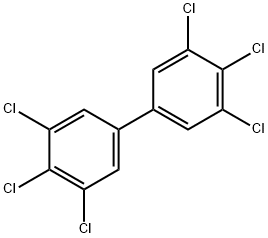
- Chemical Name:3,3',4,4',5,5'-HEXACHLOROBIPHENYL
- CAS:32774-16-6
- MF:C12H4Cl6
- Structure:

- Chemical Name:DIMETHYL OCTADECANEDIOATE
- CAS:1472-93-1
- MF:C20H38O4
- Structure:

- Chemical Name:9E,12Z-Tetradecadien-1-yl-acetate
- CAS:31654-77-0
- MF:C16H28O2
- Structure:
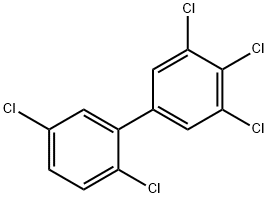
- Chemical Name:2',3,4,5,5'-PENTACHLOROBIPHENYL
- CAS:70424-70-3
- MF:C12H5Cl5
- Structure:
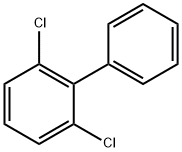
- Chemical Name:2,6-DICHLOROBIPHENYL
- CAS:33146-45-1
- MF:C12H8Cl2
- Structure:

- Chemical Name:CIS-9-TETRADECENYL ACETATE
- CAS:35153-15-2
- MF:C14H28O
- Structure:
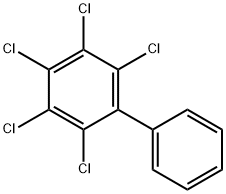
- Chemical Name:2,3,4,5,6-PENTACHLOROBIPHENYL
- CAS:18259-05-7
- MF:C12H5Cl5
- Structure:
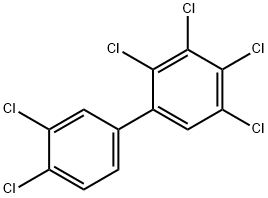
- Chemical Name:2,3,3',4,4',5-HEXACHLOROBIPHENYL
- CAS:38380-08-4
- MF:C12H4Cl6
- Structure:
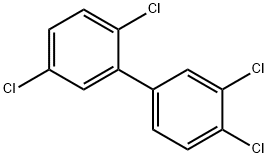
- Chemical Name:2,3',4',5-TETRACHLOROBIPHENYL
- CAS:32598-11-1
- MF:C12H6Cl4